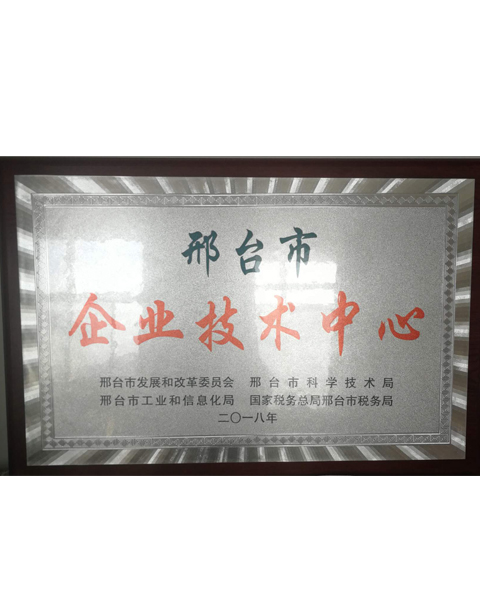Specifications for Bonded Seal Dimensions and Applications in Various Industries
Understanding Bonded Seal Dimensions A Comprehensive Guide
Bonded seals, also known as bonded seal washers or sealing washers, are essential components used in various applications to prevent fluid leakage and ensure a secure fit between mating surfaces. These seals combine a metal outer ring with a rubber inner seal, providing both strength and flexibility. Understanding the dimensions of bonded seals is crucial for selecting the right component for specific needs, as improper sizing can lead to ineffective sealing and potential failure.
What Are Bonded Seals?
Bonded seals are designed to withstand high pressure and varied temperature conditions. The outer metal ring typically provides structural support, while the rubber inner component creates a tight seal against fluids, gases, or contaminants. These seals are commonly used in hydraulic systems, automotive applications, and in industries such as oil and gas, agriculture, and manufacturing.
Importance of Dimensions
The dimensions of a bonded seal are critical in ensuring its effectiveness. Key measurements typically include
1. Inner Diameter (ID) The inner diameter is the measurement of the hole in the center of the seal. This is where the seal fits onto the bolt or pipe. Choosing the correct ID is essential for proper fitment; if the ID is too large, the seal will not create the necessary friction, leading to leaks.
2. Outer Diameter (OD) The outer diameter is the total width of the seal from one edge of the outer metal ring to the other. The OD must match the dimensions of the mating surface to ensure that the seal rests securely without excessive play that could compromise its sealing ability.
3. Thickness The thickness of the bonded seal affects its compressibility and how well it can form a seal under pressure. A thicker seal may provide better resistance to extrusion and higher pressures, but if it is too thick, it could prevent proper fit or cause strain on the mating surfaces.
4. Compressibility Some specifications might also include the compressibility of the seal material, which is the ability of the seal to deform under pressure. This is particularly important in dynamic applications where movement can affect the seal's integrity.
bonded seal dimensions

5. Material Options While not a dimensional aspect, the material used plays a significant role in the performance of bonded seals. Common materials include Nitrile rubber, Fluoroelastomer (FKM), and Silicon rubber, each suited for different temperature ranges and chemical exposures.
Selecting the Right Bonded Seal
To select the appropriate bonded seal for your application, consider the following steps
1. Identify the Application Understand the specific requirements of your application, including the type of fluid or gas being sealed, the operating temperature, and pressure conditions.
2. Measure the Mating Parts Accurate measurements of the bolt or pipe diameter and flanges are essential. Use calipers or measuring tapes to get precise measurements of the ID, OD, and thickness needed.
3. Consult Specifications Review manufacturer specifications for bonded seals to ensure that you select a product that meets or exceeds your requirements. Many manufacturers provide detailed dimensional tables and performance ratings.
4. Consider the Environment Assess the environmental conditions; this includes factors such as exposure to chemicals, temperature variations, and potential wear from mechanical movement.
5. Installation Guidelines Ensure that installation guidelines are followed meticulously. Over-tightening can lead to deformation of the seal, while under-tightening may not provide the necessary compression to achieve an effective seal.
Conclusion
In summary, bonded seals are indispensable in many industrial applications, and understanding their dimensions is vital for optimal performance. By paying close attention to inner diameter, outer diameter, thickness, and the material used, engineers and technicians can ensure that they choose the right bonded seal for their specific needs. This attention to detail not only enhances the sealing effectiveness but also contributes to the longevity and reliability of the overall system. As technology advances and industries evolve, the continual development of bonded seal designs and materials will play a crucial role in meeting new challenges and demands.
-
The Ultimate Guide to Boat Propeller Bearings and Trailer Wheel Bearings
News Jul.31,2025
-
The Essential Guide to Marine Bearings and Boat Trailer Wheel Bearings
News Jul.31,2025
-
The Complete Guide to Heavy Duty Seals: Protecting Doors and Spaces Efficiently
News Jul.31,2025
-
Essential Guide to Marine Shaft Bearings and Boat Trailer Axle Bearings
News Jul.31,2025
-
Comprehensive Guide to Marine and Trailer Bearings for Safe Boating and Transport
News Jul.31,2025
-
Comprehensive Guide to Automotive Oil Seals: Protecting Your Engine and Shafts
News Jul.31,2025
-
Understanding Automotive Oil Seals: Essential Components for Engine and Shaft Protection
News Jul.30,2025
Products categories















